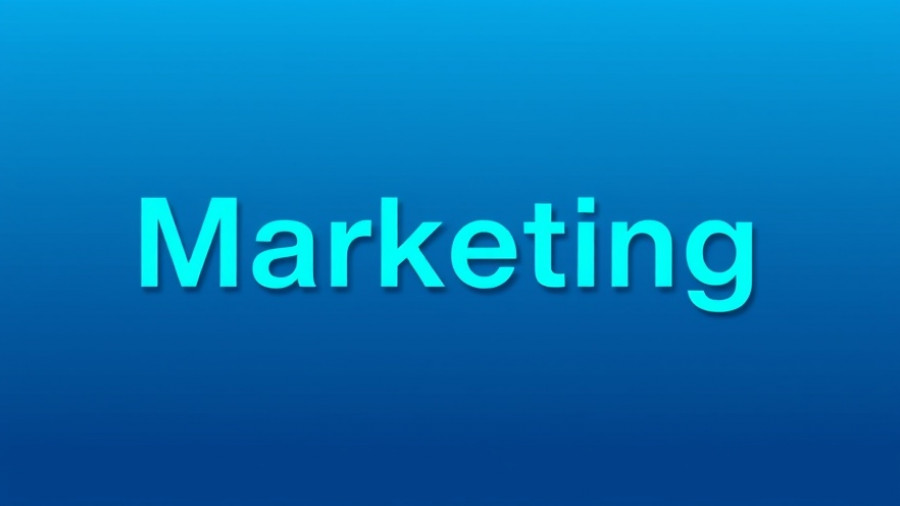
Understanding the Dynamics: Loop Marketing vs. Inbound Marketing
In the fast-evolving digital landscape, where AI tools are changing the way businesses operate and consumers behave, marketing strategies must adapt to stay relevant. Loop marketing represents a new paradigm that builds on established inbound marketing principles, providing a robust framework for businesses looking to grow in the AI age. Unlike traditional marketing funnels that operate linearly, loop marketing introduces a continuous cycle—Express, Tailor, Amplify, and Evolve—allowing for real-time optimization and personalized consumer engagement.
Breaking Down Loop Marketing
At the heart of loop marketing is the recognition that content must evolve constantly to meet consumer expectations. The process begins with the Express stage, where brands clarify their identity and messaging based on deep audience insights. Next, in the Tailor phase, businesses leverage unified data and AI to shape personalized experiences that resonate on a personal level. This is followed by Amplify, which emphasizes distributing content across multiple channels where target audiences are most active, ensuring maximum visibility. Finally, the system culminates in the Evolve phase, where brands analyze engagement and adapt their strategies in real-time based on actionable insights.
The Importance of Personalization in Today’s Market
As digital interactions have grown, traditional buyer pathways have shifted. Consumers no longer wait until they are near the end of their journey to engage with brands; they require instant and relevant content at every moment. This necessity has made personalization a core focus for effective marketing strategies. Industries ranging from ecommerce to service sectors see higher conversion rates when customers feel uniquely acknowledged and catered to, which loop marketing effectively supports through its tailor-made approach that nurtures relationships over time.
Why Loop Marketing is Essential in the Age of AI
In a world where over 60% of Google searches do not result in a click, businesses need strategies that can keep them relevant in discussions and selections made by consumers. Loop marketing’s adaptable nature ensures that brands can remain visible even as the landscape shifts toward AI-driven search and answer engines. By continuously optimizing content to align with emerging trends and consumer behaviors, businesses can increase their chances of being the preferred choice when consumers seek answers. The dynamic between loop marketing and Answer Engine Optimization (AEO) further highlights this necessity; together, they ensure that content is not only discoverable but also resonates directly with user inquiries.
Taking Effective Action
For marketing teams looking to implement loop marketing, the process does not require a complete overhaul. Start with what’s already working in your inbound strategy, and identify content that may need refining. As you adopt this framework, consider how to create cohesive messaging that maintains clarity and authenticity across all consumer touchpoints. The integration of AI tools can significantly enhance these efforts, streamlining processes from content creation to distribution and feedback analytics.
Ultimately, in today’s competitive digital sphere, the focus should not solely be on leads and conversion rates, but on fostering lasting relationships that continually adapt to clients’ changing needs. Businesses that embrace the principles of loop marketing, coupled with artificial intelligence, stand to not only survive but thrive in a landscape that expects adaptation and responsiveness.
 Add Row
Add Row  Add
Add 




Write A Comment